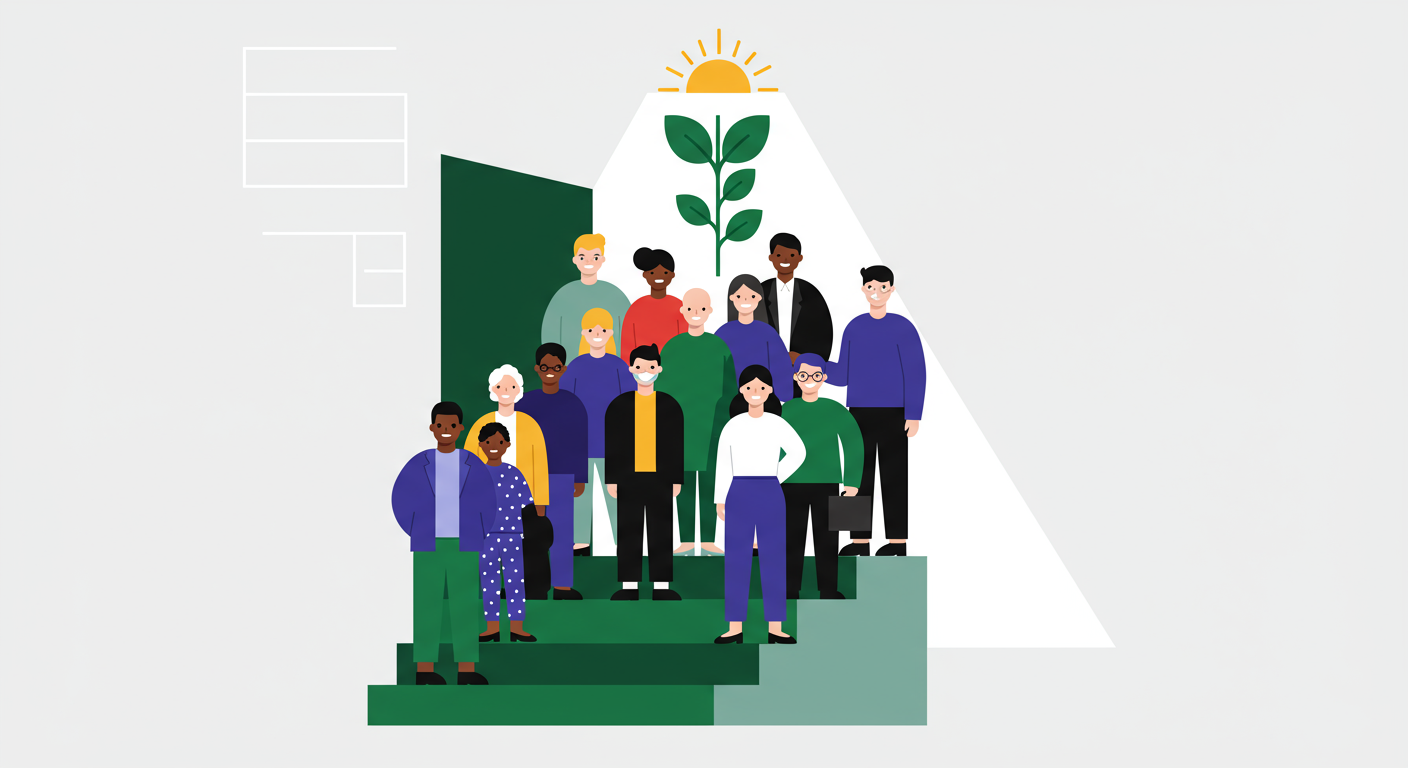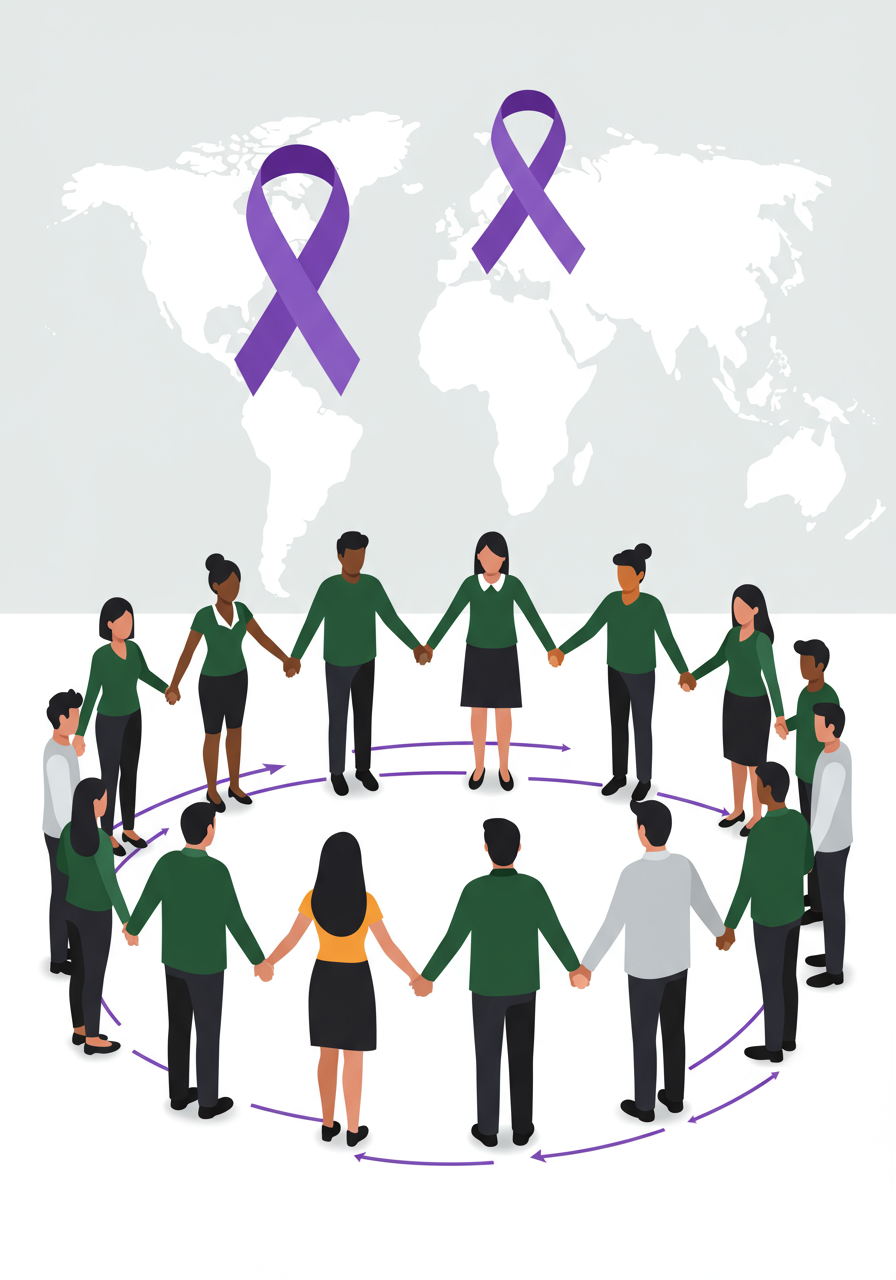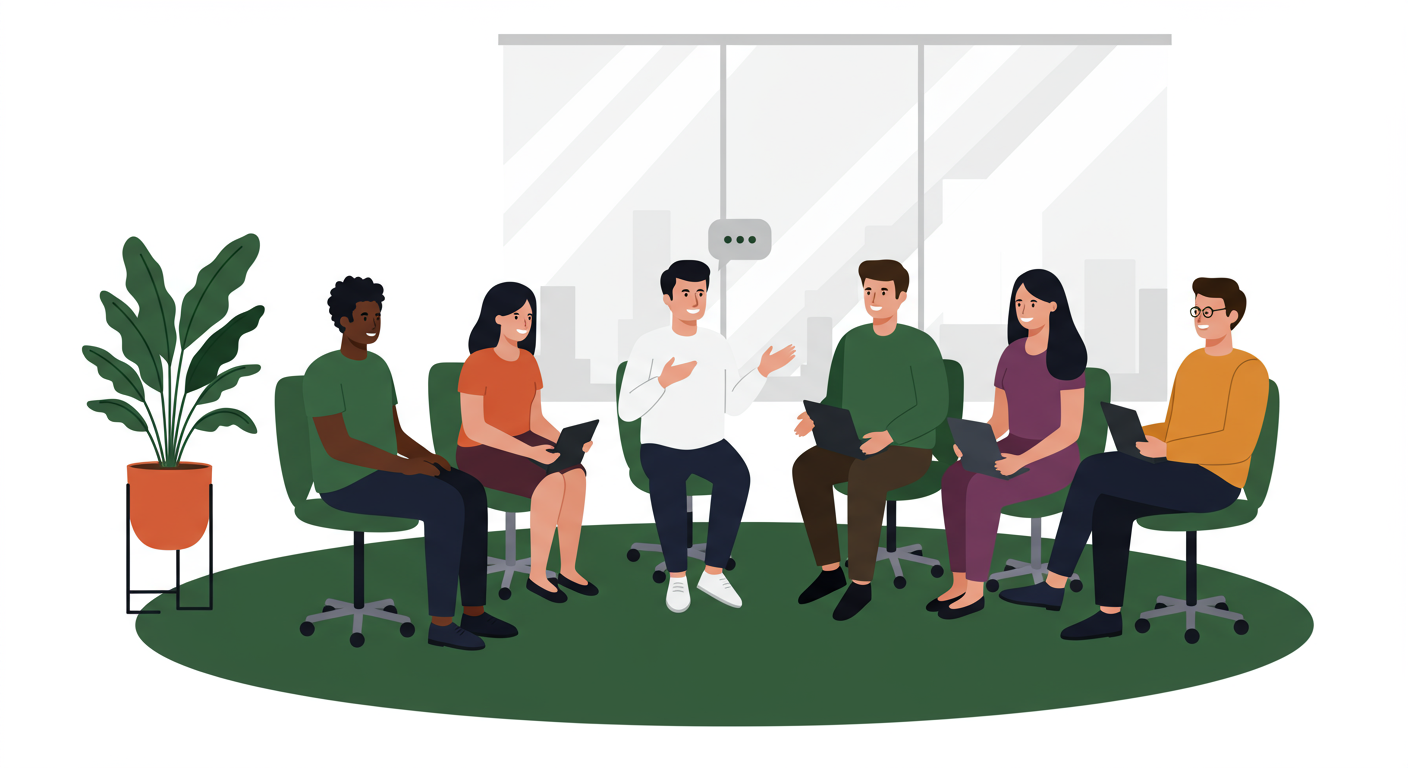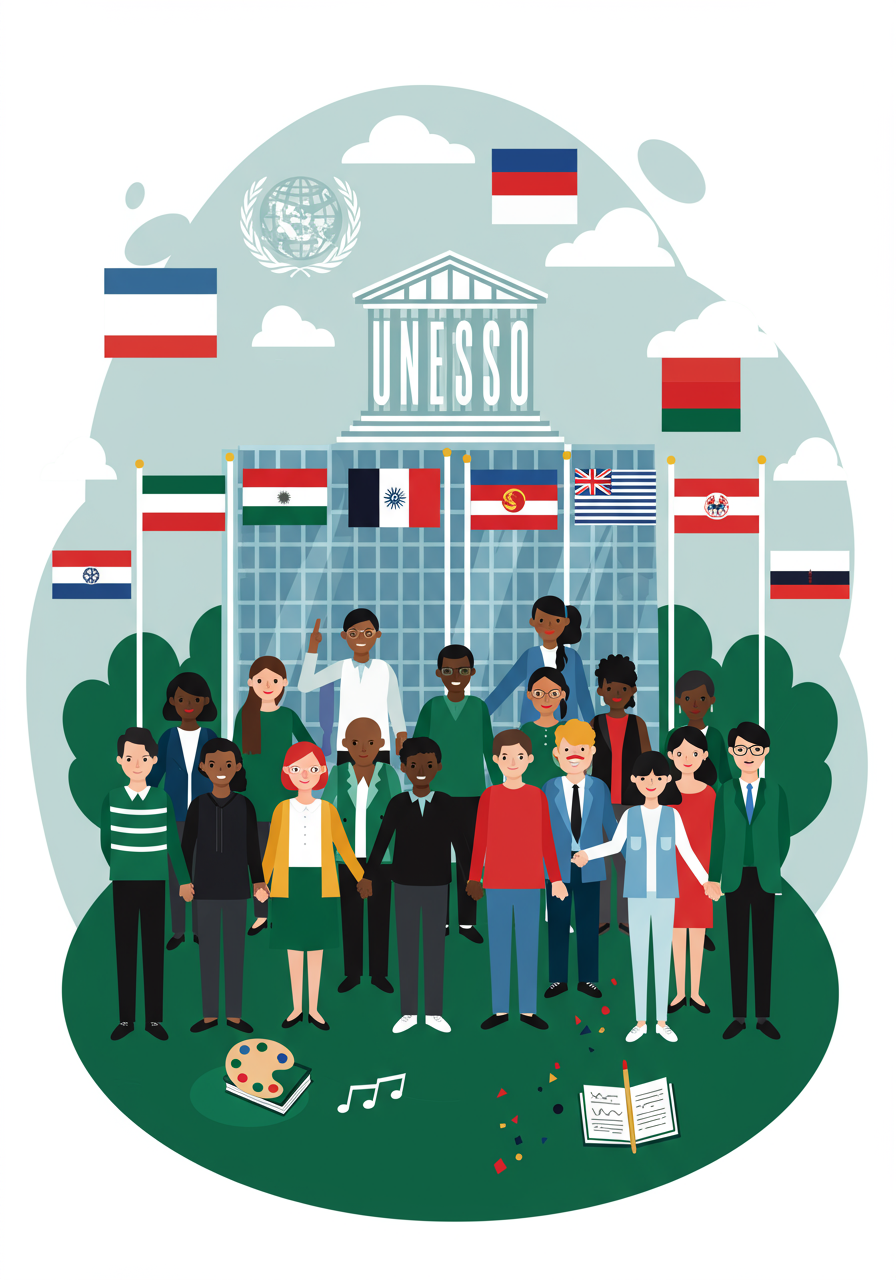Awareness Is Not Enough
Every May, we see the same thing: polished campaigns, a few social posts, maybe a wellness webinar. Then June hits—and it’s back to business as usual.
Awareness is easy. Action takes intention. It takes systems, accountability, and follow-through.
If you’re leading Diversity, Equity, and Inclusion work, it’s time to move beyond performative gestures and embed mental health into the structure and strategy of your workplace.
What Action Looks Like for Diversity, Equity, and Inclusion Leaders
Mental health isn’t a side hustle to inclusion—it’s central to how people experience work.
- How safe people feel speaking up
- Who’s expected to stretch endlessly without support
- Whether inclusion feels like a slide in a deck or a lived reality
Here’s how to move from surface-level acknowledgment to real, embedded change:
1. Center Lived Experience, Not Just Policy
Mental health challenges don’t show up the same way for everyone. Race, gender identity, disability, and sexuality shape how exclusion and stress show up in our bodies and behavior.
Do this: Partner with ERGs or trusted community members to co-host sessions around identity-based mental health impacts. Not performative panels—protected spaces where employees can reflect, name experiences, and be resourced.
2. Normalize Leader Vulnerability
If you never talk about your own limits, your team won’t either. People in power set the tone. Pretending we’re unshakeable only feeds silence and shame.
Do this: Use your platform to name what’s real: boundaries, capacity, recovery. Create psychological permission for others to follow suit. One honest check-in can shift a whole team’s dynamic.
3. Redesign Team Norms With Wellness in Mind
We can’t preach inclusion and run our teams on grind. Hustle culture undermines every equity goal you set.
Do this: Build your working norms around human capacity. This might mean:
- Meeting-free days
- Normalizing naps or mental health breaks
- Documented check-in rituals that ask “what do you need this week to be well?”
These aren’t soft perks. They’re cultural architecture.
4. Hold the Organization Accountable
We don’t need another feel-good mental health campaign. We need infrastructure.
Do this: Tie wellness to real metrics:
- Include mental health goals in OKRs
- Require people managers to demonstrate how they support well-being
- Conduct inclusion pulse surveys with emotional safety questions baked in
Track it. Fund it. Review it quarterly.
5. Protect Your ERG Leaders From Emotional Burnout
Employee Resource Groups are doing heavy emotional labor. They’re checking in on colleagues, holding space for grief, and responding to trauma in real time. Often unpaid. Often unacknowledged.
Do this:
- Allocate mental health budgets to ERGs
- Offer backup support—coaches, facilitators, rest stipends
- Advocate for paid time for ERG work
Burnout in our support systems becomes burnout across the company.
This Work Is Ongoing—And It’s Necessary
Mental health is a Diversity, Equity, and Inclusion issue. And if we don’t build it in, we’re not practicing inclusion—we’re performing it.
Let’s build practices that honor people’s whole selves. Let’s push for structures that support the real, not just the aspirational.
We don’t need more awareness. We need action rooted in equity and care.
Want support while you build this into your strategy?
Join the Diversiology Community for tools, conversation, and accountability—because none of us should be doing this alone.








